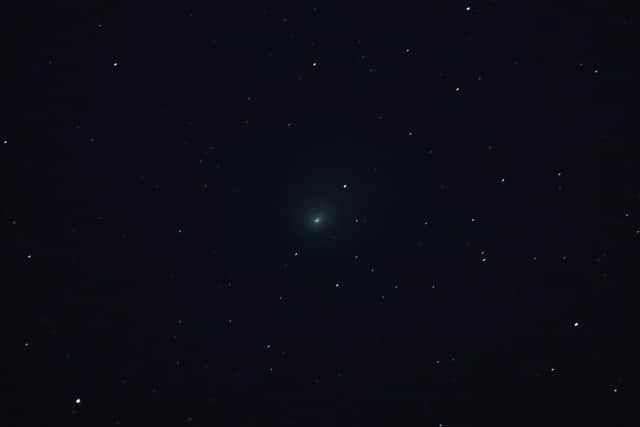Rare green comet to pass across Sussex tonight for the first time in 50,000 years - here's how to spot it
and live on Freeview channel 276
The celestial body is a tough one to spot according to a Sussex expert who has given his advice to those of you with a keen eye.
Dr John Mason, principal lecturer at South Downs Planetarium in Chichester, said most people are going to be disappointed with the comet being nigh on impossible to spot with the naked eye.
Advertisement
Hide AdAdvertisement
Hide AdAnyone with a pair of binoculars, however, still stand a chance with the comet passing directly overhead at about midnight.


Dr Mason told Sussex World: “It’s at it’s closest to Earth today but no one’s going to see it with the naked eye because the moon is so bright.
"It would appear as a little fan shape, or a short smudge, in the sky and could be visibly with binoculars. It’s going to around for another five or six days. You will have to know exactly where it is because the moonlight is so bright. It will be above the pole star.”
You can locate the pole star, or north star, by looking in the north of the sky and spotting the brightest star.
Dr Mason added that another way to try and see it is to check for its path on star-charting websites.